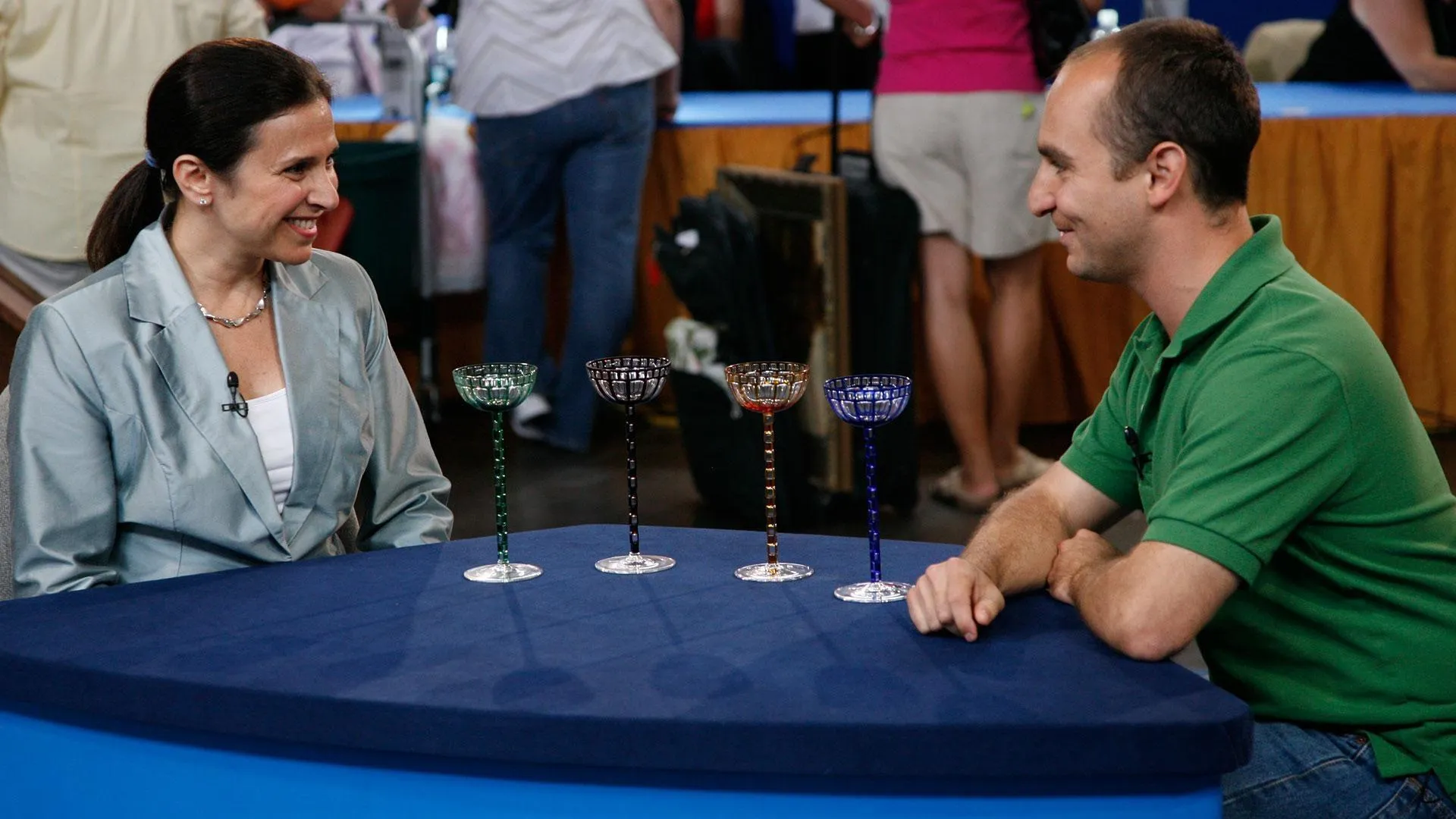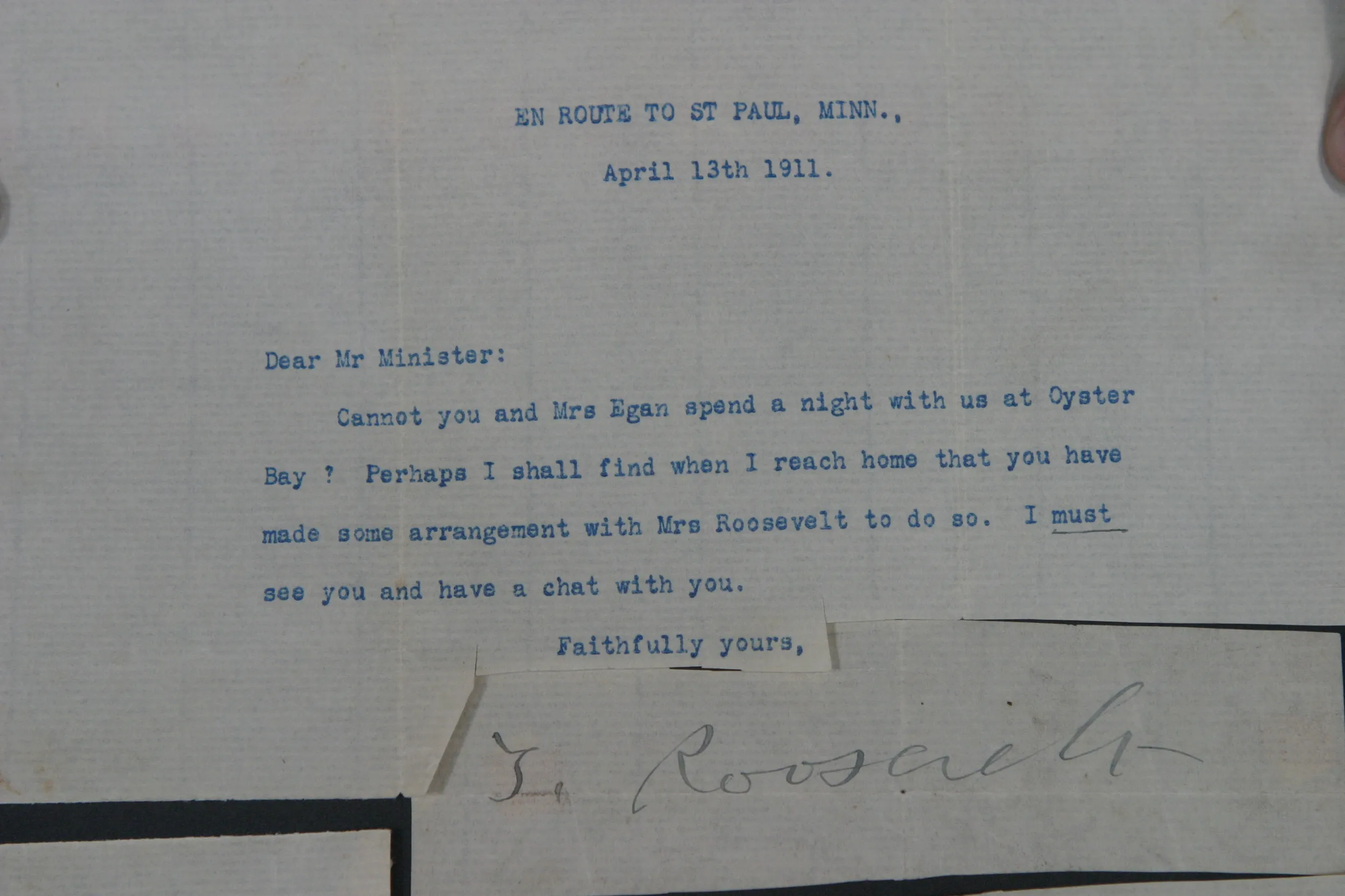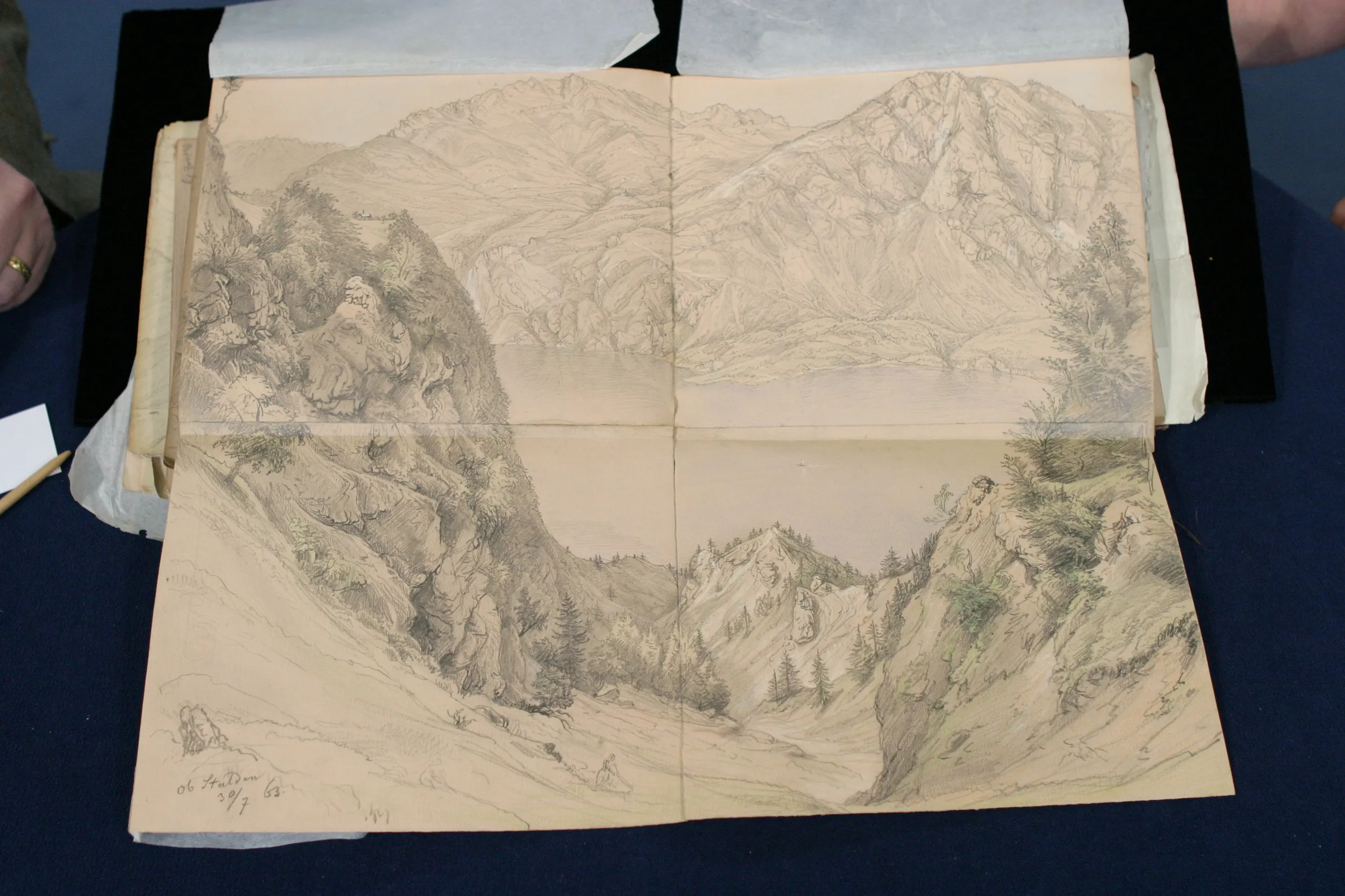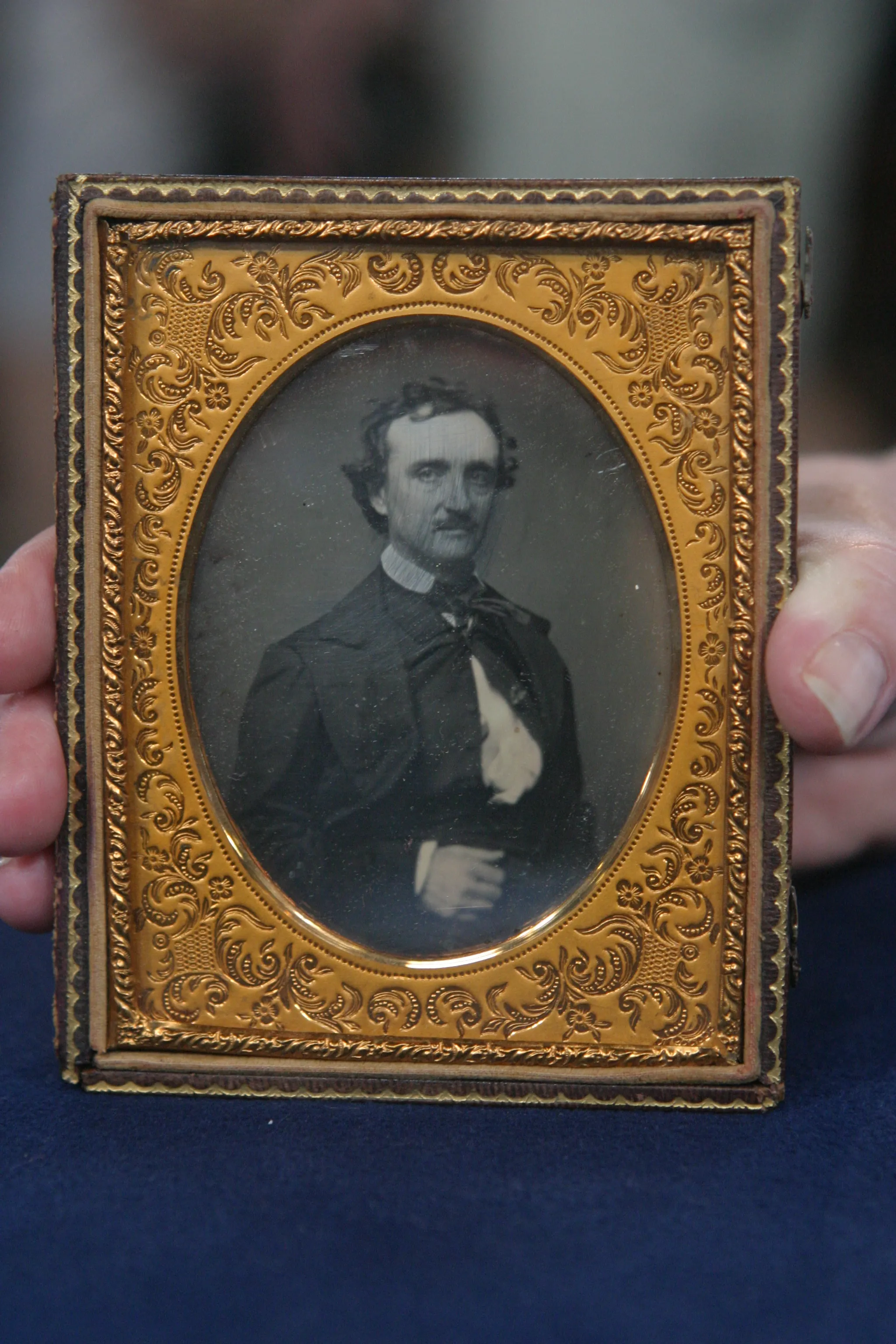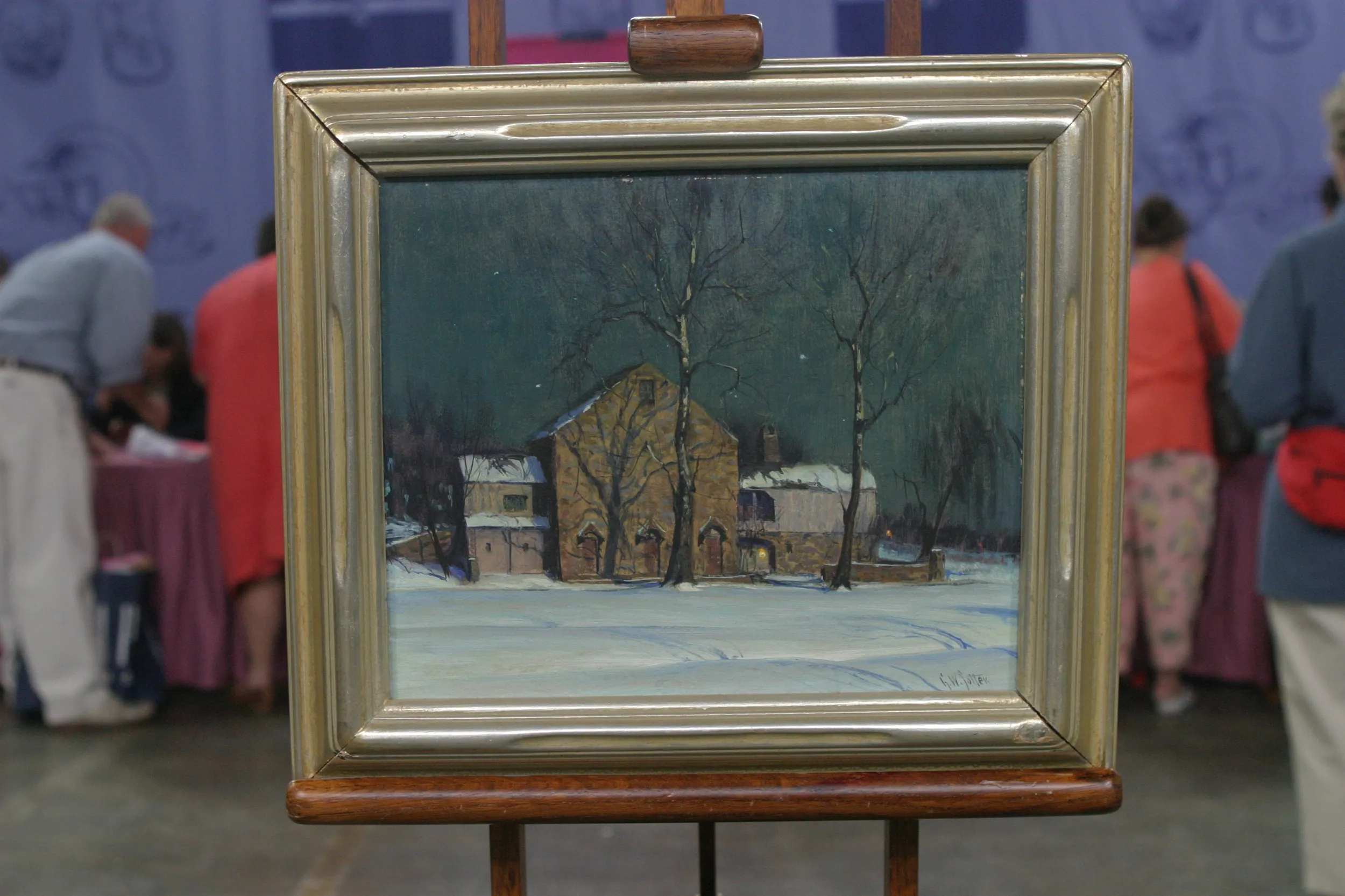GUEST: This is, um, an etching, I guess, or a litho, I'm not sure. A Picasso. I bought it in Chicago when I was a art student in 1960. I used to go up and down Michigan Avenue and look in the galleries. And I saw this and I thought I could afford it. I really wanted it, because it is a Picasso and it's a beautiful drawing.
APPRAISER: And how much did you pay for it?
GUEST: I paid $85 plus tax.
APPRAISER: And you, you actually brought in the original receipt from 1960?
GUEST: Yes.
APPRAISER: $85 right there. You paid in three installments, I see.
GUEST: Right, exactly.
APPRAISER: What you have is an etching by Picasso.
GUEST: Okay.
APPRAISER: And it's one of 15 different etchings that he made in 1904 and 1905.
GUEST: Oh, wow.
APPRAISER: And these are the first prints that Picasso made. It's a series known as the "Saltimbanques" series. They're early prints by Picasso, made while he was basically a starving artist in Paris, before he was well-known.
GUEST: Yes.
APPRAISER: Picasso made only a handful of impressions from these plates, and then sold them to a Parisian publisher, an art dealer named Ambroise Vollard.
GUEST: Uh-huh.
APPRAISER: And in the 1920s, Vollard made an edition from these plates. An edition of 250. Now, the interesting thing about this is all the dark areas around the edge of the print.
GUEST: Yes.
APPRAISER: That's unusual for a Picasso print or, really, any etching, for that matter, and what it's known as is foul-biting. Basically, in making an etching, the copper plate or whatever plate is used for the etching is bathed in an acid bath.
GUEST: Right.
APPRAISER: And the acid is only supposed to eat into the lines on the plate where the artist has etched.
GUEST: Yeah.
APPRAISER: In the case of this plate, the acid seeped into the edges and it bit all around the edge of the plate, which gives it this sort of marred look.
GUEST: Mm-hmm.
APPRAISER: For that reason, Vollard, the publisher, destroyed most of this edition. It didn't look good...
GUEST: Yeah.
APPRAISER: ...compared to all the other prints in the series.
GUEST: Right.
APPRAISER: Now, the other thing with this print is, over time, it's been light-struck. I'm going to take it off to show you... ...what happens to a print when it's exposed to light. The outside, the margins of this print, are what the paper should look like. Now, all of that can be cleaned up by a paper conservator, and that's something that would cost about $200, $250 to do.
GUEST: Okay.
APPRAISER: Because of the foul-biting, it's more scarce than the other prints in the series.
GUEST: Yes.
APPRAISER: There are only a handful of these in existence, as opposed to the edition of 250 of the others.
GUEST: Yeah.
APPRAISER: So you have a Picasso, and you have scarcity in this Picasso. Two very good things.
GUEST: Yeah, sounds good.
APPRAISER: The condition hurts its value somewhat.
GUEST: Yes.
APPRAISER: In this condition, at auction, it would sell for roughly $12,000 to $18,000.
GUEST: Wow.
APPRAISER: Now, if you had it cleaned for a couple of hundred dollars...
GUEST: Uh-huh.
APPRAISER: ...I would expect it to fetch $15,000 to $20,000 at auction.
GUEST: Wow, wow.

